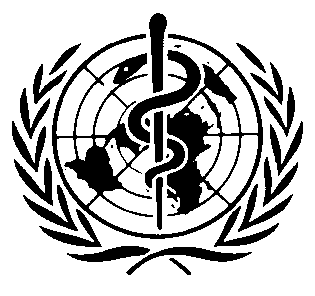International Chemical Safety Cards
| CHLOROTRIFLUOROMETHANE | ICSC: 0420 |




Monochlorotrifluoromethane Trifluoromethyl Chloride CClF3 Molecular mass: 104.5 (cylinder)  ICSC # 0420
ICSC # 0420CAS # 75-72-9 RTECS # PA6410000 UN # 1022 October 23, 1995 Peer reviewed |
| TYPES OF HAZARD/ EXPOSURE | ACUTE HAZARDS/ SYMPTOMS | PREVENTION |
FIRST AID/ FIRE FIGHTING |
| FIRE |
Not combustible.
Heating will cause rise in pressure with risk of bursting.
|
NO contact with hot surfaces.
|
|
| EXPLOSION |
|
|
In case of fire: keep cylinder cool by spraying with water.
|
| EXPOSURE |
|
|
|
| •INHALATION |
Confusion.
Dizziness.
Headache.
|
Ventilation, local exhaust, or breathing protection.
|
Fresh air, rest.
Artificial respiration if indicated.
Refer for medical attention.
|
| •SKIN |
ON CONTACT WITH LIQUID: FROSTBITE.
|
Cold-insulating gloves.
|
ON FROSTBITE: rinse with plenty of water, do NOT remove clothes.
|
| •EYES |
(See Skin).
|
Safety goggles,
face shield,
or eye protection in combination with breathing protection.
|
First rinse with plenty of water for several minutes (remove contact lenses if easily possible), then take to a doctor.
|
| •INGESTION |
|
|
|
| SPILLAGE DISPOSAL | STORAGE | PACKAGING & LABELLING | ||
|
Ventilation.
NEVER direct water jet on liquid.
In case of large spillage, extra personnel protection: complete protection with self-contained breathing apparatus.
|
Fireproof if in building.
|
R: S: UN Hazard Class: 2.2 |
||
| SEE IMPORTANT INFORMATION ON BACK | ||||
|
||||
